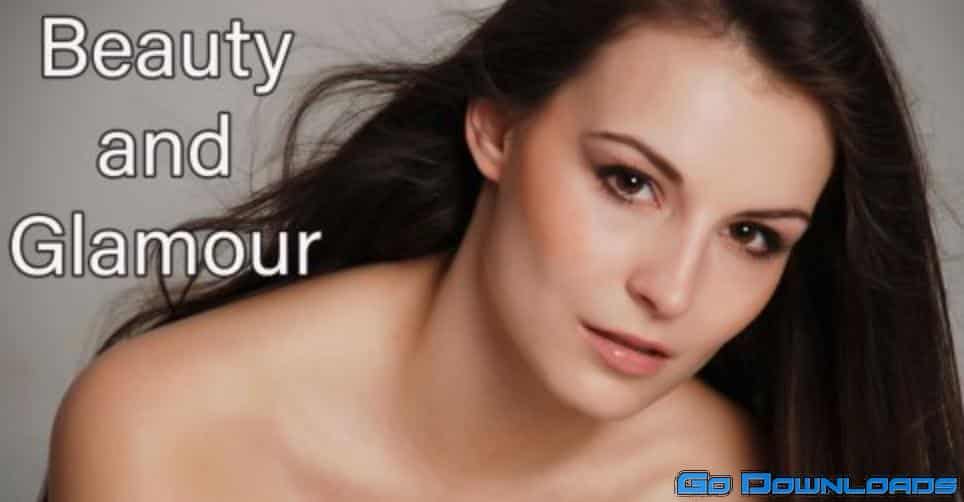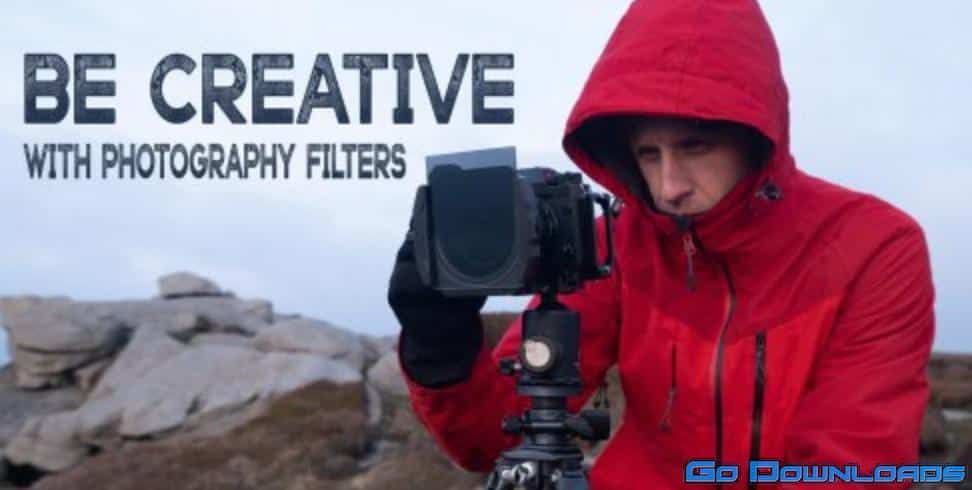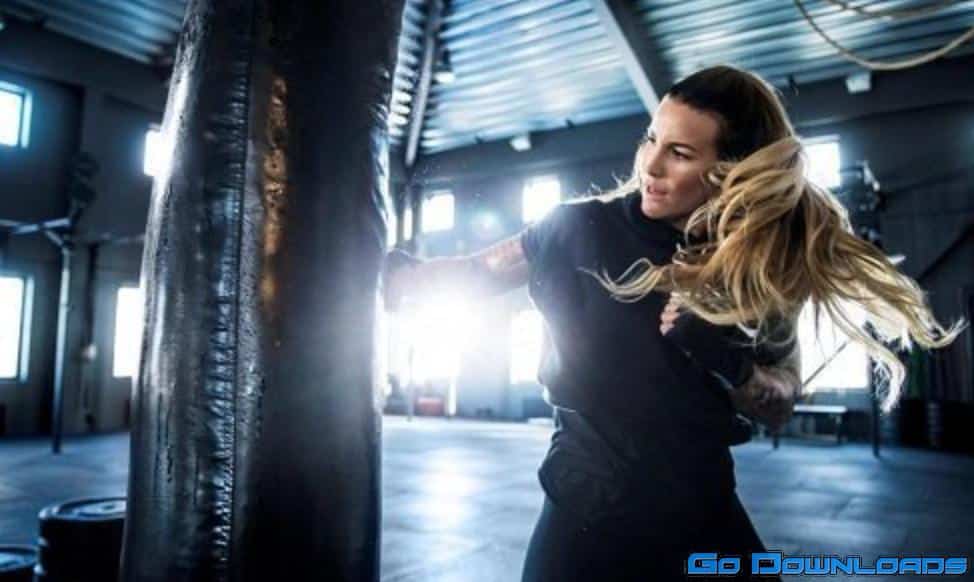Cool
How to Shoot Beauty and Glamour Portraits – The Essential Art of Taking Flattering Images
How to Shoot Beauty and Glamour Portraits – The Essential Art of Taking Flattering Images
https://www.skillshare.com/classes/How-to-Shoot-Beauty-and-Glamour-Portraits-The-Essential-Art-of-Taking-Flattering-Images/174255791
Being a professional photographer my goal is to make clients look great.
95% of my clients are ladies who are looking for a flattering image of themselves.
There are a few factors involved in achieving a flattering photograph.
The most critical factor in beauty and glamour photography is lighting.
You don’t need specialised lighting equipment. It does help, but you can achieve similar results on a very limited budget using available light or just one speedlight flash.
You just need to understand a few things about lighting the face.
Whether you shoot on a phone, SLR, mirrorless, or video camera, lighting is the key.
In this class I will be teaching you the easy way to light a beauty photograph as well as:
CAMERA ANGLES
LENSES
CROPPING
POSING
EXPESSIONS
LIGHT MODIFIERS
NATURAL verses ARTIFICIAL LIGHT
And much more.
You’ll see many of my beauty and glamour photographs and you will learn by example and hopefully enjoy the experience.
Before we get into lighting there are a few other tips that I would like to give you concerning Beauty and Glamour Photography.
These are my preferred techniques, others may differ. After 40 years of doing this I have become quite proficient at using light to achieve my desired results.
Find out what the client wants. Ask her to send you some examples from online sites. Don’t copy them just use them to give you a feel of the styles of images she is after.
When we are shooting head and shoulder shots, camera should be slightly above eye level.
This tends to narrow the face. By slightly I mean 10 degrees to 30 degrees above her eye level. This means her eyes will naturally appear larger.
My favorite lens to use for head and shoulder shots is a short telephoto lens (zoom or prime).
On a crop sensor camera = 50mm -100mm
On full frame = 85mm -150mm
This allows you to stand far enough back to shoot without wide angle distortion and still be close enough to converse comfortably. I rarely shoot from closer than 2 meters from my subject.
Framing your image is a personal preference but I mostly leave a very small amount of space above her head and the bottom of the frame is about the bottom of her ribs.
Posing is the responsibility of the photographer. You are the only one who can see from the camera’s viewpoint. She needs to trust that you will pose her in a way that looks attractive. Learning to pose takes practice and time.




